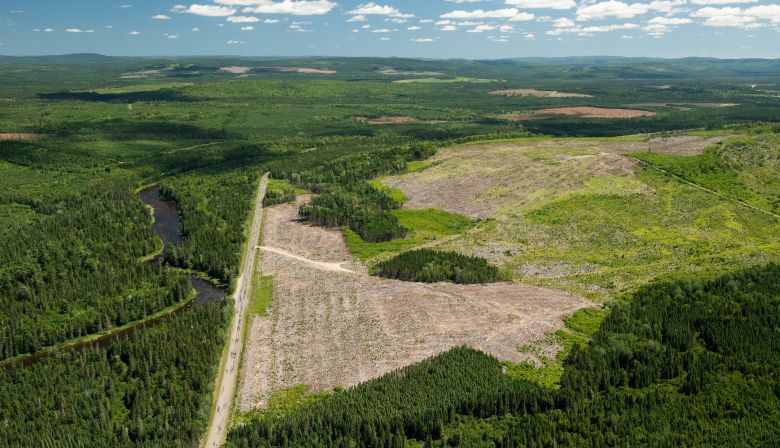In New Brunswick, conservationists are feeling hopeful for the province’s forests, rivers, and wildlife. Through the new
Nature Legacy initiative, the N.B. government is coming through on its promise to protect 10% of the province’s land, up from a current 4.6%. That means a 550,000 hectare increase in protected areas.
78,534 hectares of the new allocation have already been assigned to the landscape, and the public comment period has wrapped up. New Brunswickers are currently being invited to offer feedback on a further 77,436 hectares of proposed protected land. And another 388,651 hectares will be added in future rounds, as the Department of Natural Resources and Energy Development continues to delineate new protected areas. It’s the most significant set-aside since New Brunswick created its protected areas program twenty years ago.
Lois Corbett, Executive Director of the Conservation Council of New Brunswick (CCNB), has been closely involved in the process. CCNB offered direct help to New Brunswickers who wanted to nominate specific areas for protection. The level of participation, Corbett says, was heartening. “If this exercise in protecting nature teaches us one thing, it’s that New Brunswickers care,” she says.
Corbett says the recent increase is definitely good news, but notes that New Brunswick is still “catching up to be last.” The federal government has committed to protecting 30% of the country’s land, and at 10% New Brunswick will still be far behind its Maritime neighbours.
If the process has shown that New Brunswickers care, it’s also demonstrated that they’re concerned. A recent poll revealed strong concerns over how the province’s forests are managed. “It’s not just that they love their nature; it’s that they’re concerned about the state of it right now,” says Corbett.

